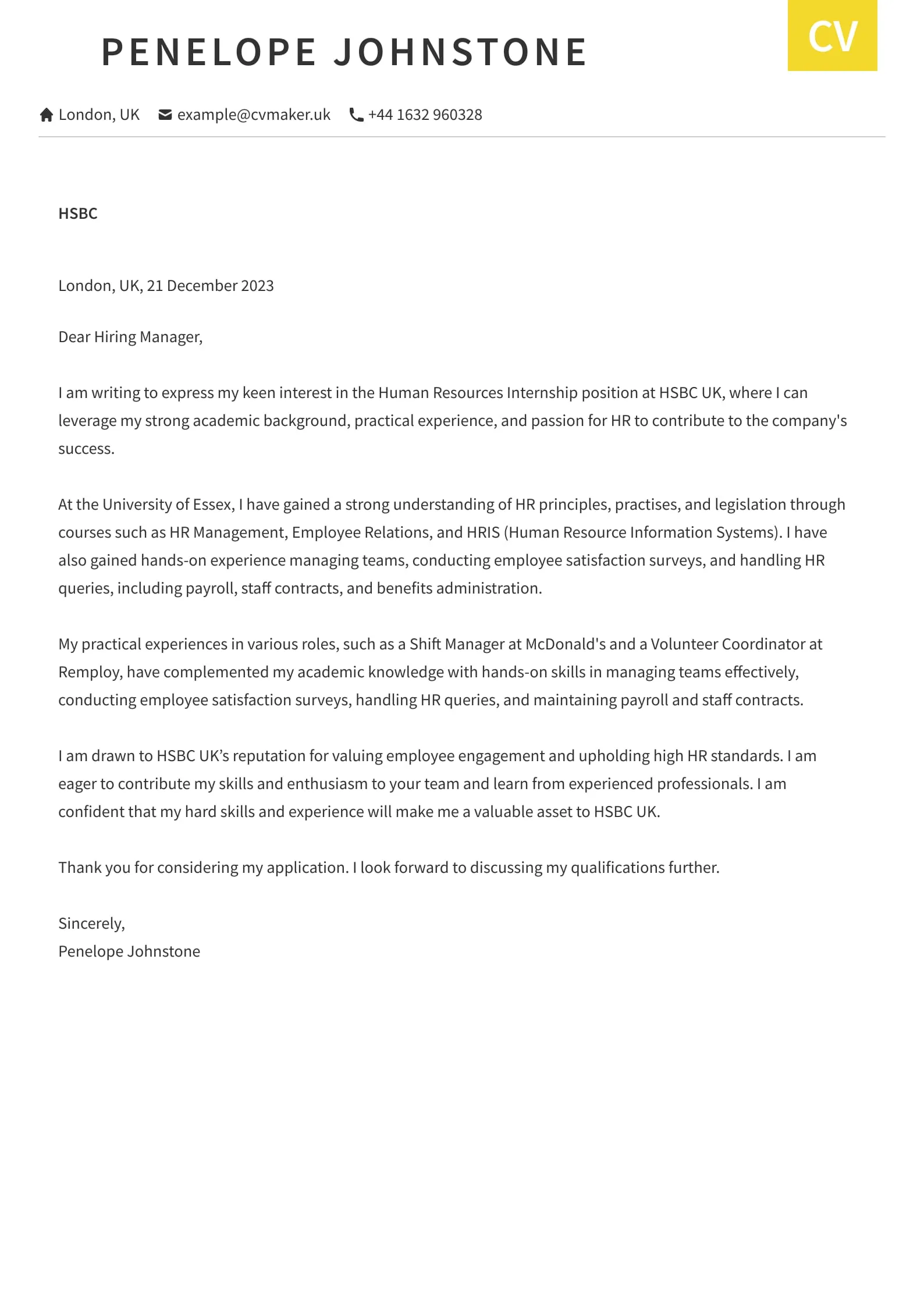What is a Stellar Resume
A stellar resume, often referred to as a Curriculum Vitae (CV), is your first impression on a potential employer. It’s a concise document that highlights your skills, experiences, and accomplishments relevant to the job you are applying for. Unlike a cover letter, which provides a narrative, a CV offers a structured overview of your professional and academic background. Crafting a stellar resume is crucial in today’s competitive job market. It should be clear, well-organized, and tailored to each specific job application. A well-crafted CV can significantly increase your chances of securing an interview and ultimately, landing your dream job.
Understanding the Purpose of a CV
The primary purpose of a CV is to provide a comprehensive overview of your qualifications, demonstrating why you are a suitable candidate for a particular role. It serves as a marketing tool, showcasing your skills and experiences in a way that aligns with the needs of the employer. The CV should quickly and effectively communicate your value proposition, highlighting your key accomplishments and demonstrating your potential to contribute to the organization. Furthermore, it helps the hiring manager screen candidates efficiently, identifying those whose skills and experience best match the job requirements. A well-structured CV is a key to success
Key Components of a CV
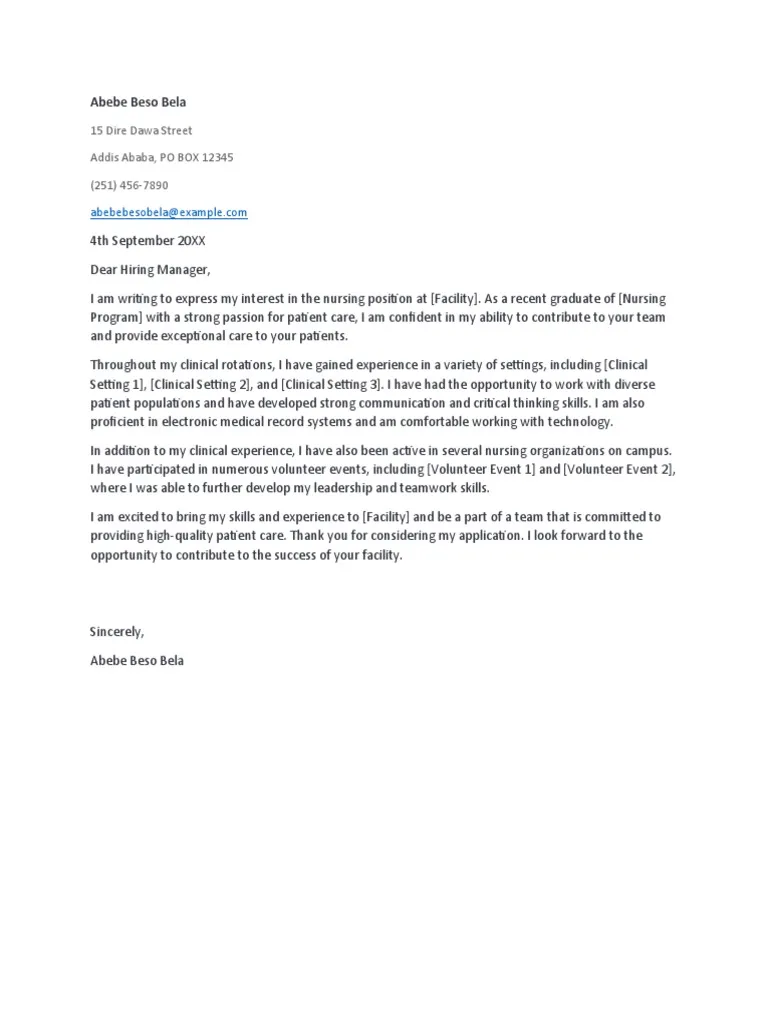
A comprehensive CV typically includes several key components designed to provide a complete picture of your qualifications. Each section should be clearly labeled and meticulously crafted to present your information effectively. The following sections are essential in constructing a compelling CV that captures the attention of potential employers. Each section plays a crucial role in showcasing your skills and experiences. Here are the essential sections to create an outstanding CV, designed to boost your chances of getting hired.
Contact Information
Start with your full name, professional email address, phone number, and optionally, your LinkedIn profile URL. Ensure that your contact information is accurate and up-to-date, as this is how employers will reach you. A professional email address is a must; avoid using informal or unprofessional email handles. Double-check your phone number to ensure it is correct. Including your LinkedIn profile allows employers to easily access more detailed information about your professional background and network.
Summary or Objective
A brief summary or objective statement is a concise introduction to your CV, placed at the beginning. If you have extensive experience, write a summary highlighting your key skills and experiences. If you are an entry-level candidate or changing careers, write an objective stating your career goals and how your skills align with the job. Keep it short and focused, aiming to capture the reader’s attention immediately. Tailor this section to each job application, emphasizing the most relevant aspects of your background. This section provides a concise overview of what you bring to the table.
Work Experience
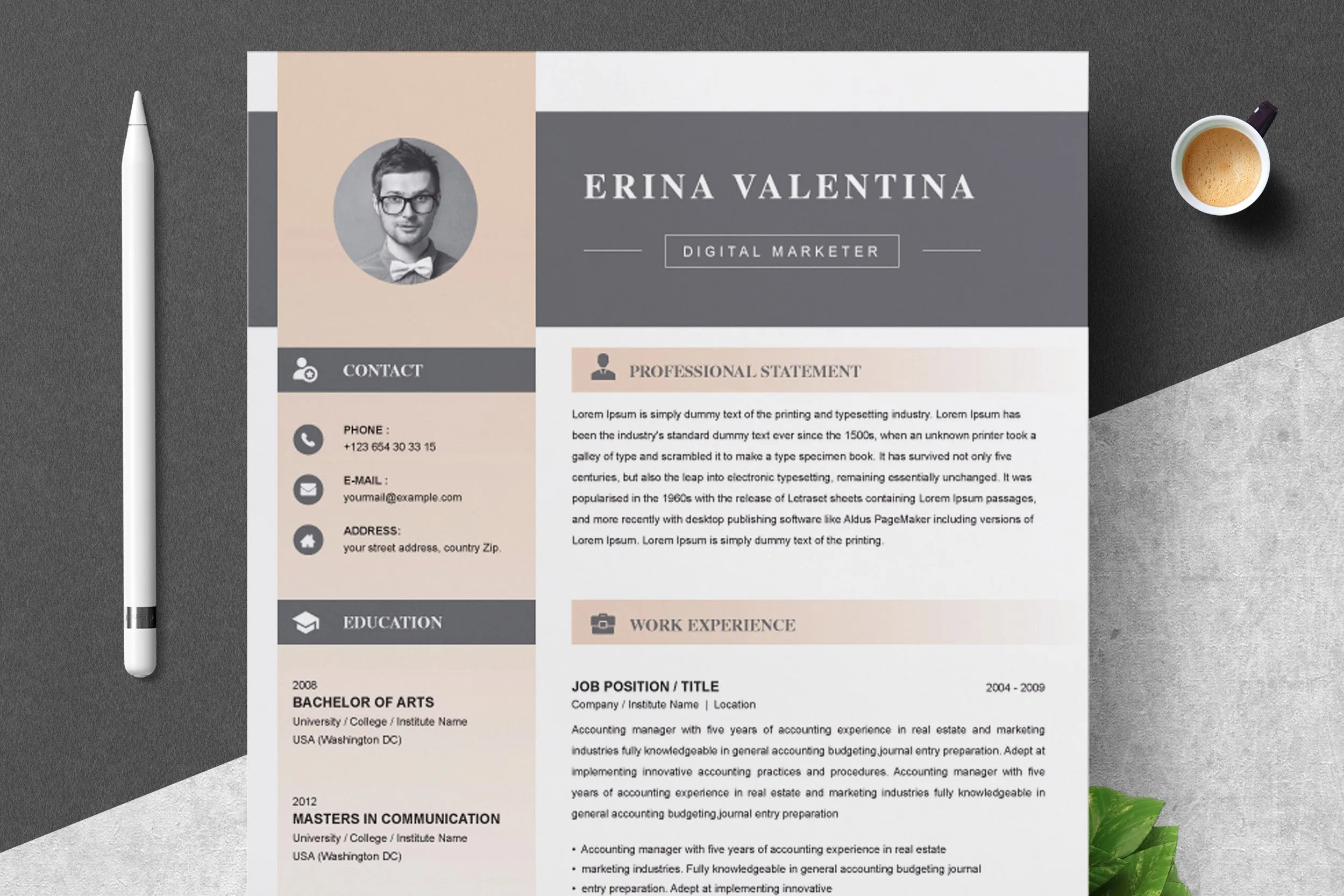
List your work experience in reverse chronological order, starting with your most recent position. For each role, include your job title, the company name, dates of employment, and a brief description of your responsibilities and accomplishments. Use action verbs to describe your duties, and quantify your achievements whenever possible. Focus on the most relevant experiences and tailor the descriptions to match the job requirements. Providing quantifiable achievements demonstrates your impact in previous roles. Emphasize your key contributions and outcomes in this crucial section.
Education
Include your educational background, listing degrees, certifications, and relevant coursework. Include the name of the institution, degree earned, dates of attendance, and any honors or awards. If you have multiple degrees, list them in reverse chronological order. For recent graduates, you may include relevant coursework or projects. The education section should clearly outline your academic qualifications and any specialized training you possess. Be sure to include the dates of attendance to showcase a clear timeline of your education journey.
Skills
Create a dedicated skills section to highlight both your hard and soft skills. Hard skills are specific, technical abilities, while soft skills are interpersonal and professional attributes. Be sure to include skills that are relevant to the job requirements. Group your skills into categories (e.g., technical skills, communication skills, project management). This section provides a quick overview of your capabilities. Tailor the skills listed to align with the keywords and requirements mentioned in the job description.
Additional Sections
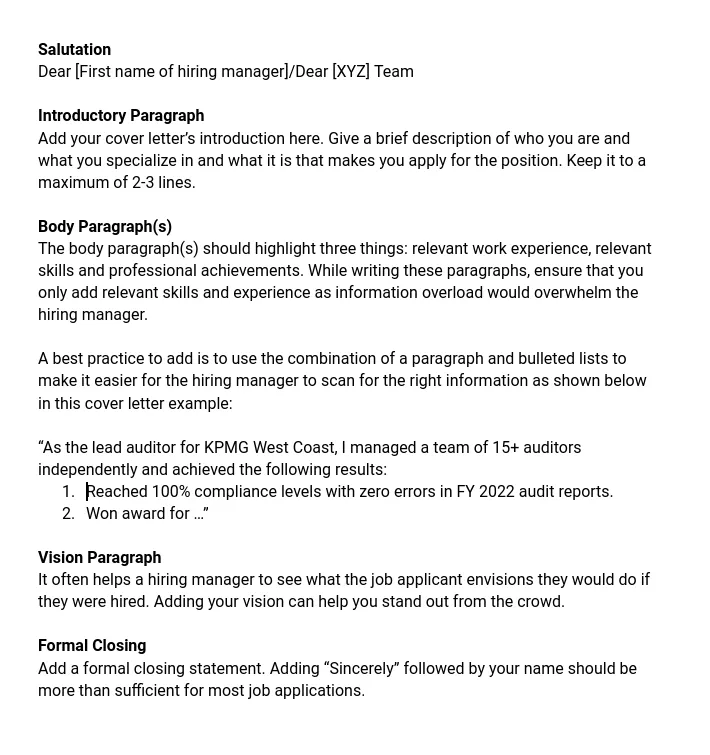
Depending on your background and the job requirements, consider including additional sections such as volunteer experience, certifications, language proficiency, and publications. If you have any significant extracurricular activities or achievements, include them to showcase your well-roundedness and interests. Tailor these sections to highlight relevant experience. These sections offer additional insights into your skills and experiences, adding depth to your application.
Formatting Your CV for Success
Effective formatting is crucial for creating a professional and easily readable CV. The design and layout of your CV can significantly impact how well your qualifications are received. A well-formatted CV not only looks professional but also makes it easy for employers to find the information they need quickly. The goal is to create a visually appealing document that highlights your strengths and makes it easy for hiring managers to assess your qualifications. Here are the most important formatting considerations.
Choosing the Right Font and Layout
Select a clean and professional font such as Arial, Calibri, or Times New Roman. Use a font size between 10 and 12 points for the body text. Maintain consistent formatting throughout the document. Use clear headings and subheadings to break up the text and improve readability. Use white space effectively to avoid a cluttered appearance. A well-organized layout makes it easier for the recruiter to find and digest the information. Avoid using overly creative or decorative fonts that could distract from the content. Prioritize readability and clarity in your design choices.
Using Keywords Effectively

Incorporate relevant keywords from the job description throughout your CV. Use these keywords naturally within your descriptions of work experience, skills, and other sections. This practice helps your CV get noticed by applicant tracking systems (ATS) which employers often use to scan resumes for keywords. Place keywords strategically throughout the document. Avoid keyword stuffing, which can make your CV appear unnatural and less readable. Ensure the keywords are accurately reflected in your skills and experience. This will optimize your CV for both human readers and ATS.
Proofreading and Editing
Thoroughly proofread your CV for any typos, grammatical errors, and inconsistencies. A single mistake can undermine your credibility. Use a grammar checker and ask a friend or colleague to review your CV for a second opinion. Ensure that the formatting is consistent throughout the document. Pay close attention to the details, as these small errors can have a negative impact. Proofreading ensures that the final document is polished and represents you professionally. The importance of a final review to catch any overlooked errors.
Tailoring Your CV to the Job
Customizing your CV for each job application is essential for demonstrating your suitability for the role. Tailoring your CV demonstrates that you have researched the company and understand the job requirements. This process involves carefully reviewing the job description, identifying the key skills and experiences the employer is seeking, and highlighting the relevant information in your CV. This focused approach increases your chances of securing an interview. Each job application should have a unique, tailored CV.
Analyzing the Job Description
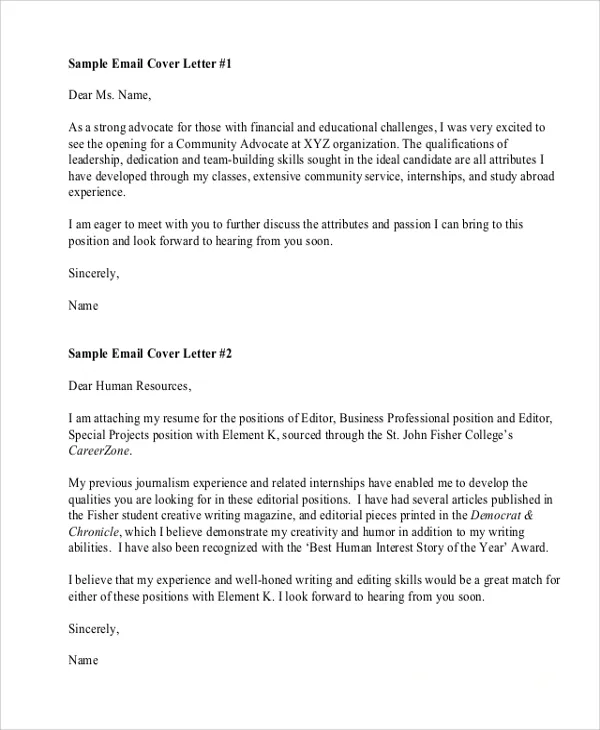
Carefully read the job description to identify the key skills, experience, and qualifications the employer is looking for. Make a list of the keywords and phrases used in the description. Understand the specific needs and expectations of the role and the company. The job description provides a roadmap for creating a targeted CV. This careful analysis is the foundation for a successful application. Note any specific requirements or preferences mentioned by the employer.
Highlighting Relevant Skills and Experience
Focus on the skills and experiences that are most relevant to the job requirements. Adjust the content and order of your CV sections to emphasize the most important qualifications. Use the keywords from the job description within your descriptions. Tailor your work experience descriptions to match the job responsibilities. The goal is to showcase the abilities that align with the needs of the employer. This focused presentation highlights your suitability for the position.
Quantifying Your Achievements
Whenever possible, quantify your accomplishments using numbers and data. Use metrics to demonstrate the impact of your work. Examples include increasing sales by a certain percentage, reducing costs, or improving efficiency. Quantifiable achievements make your accomplishments more tangible and demonstrate your value to the employer. Provide specific examples to illustrate your contributions. Use numbers to support your claims and demonstrate your effectiveness. This data provides a clear picture of the value you brought to previous employers.
Common Mistakes to Avoid
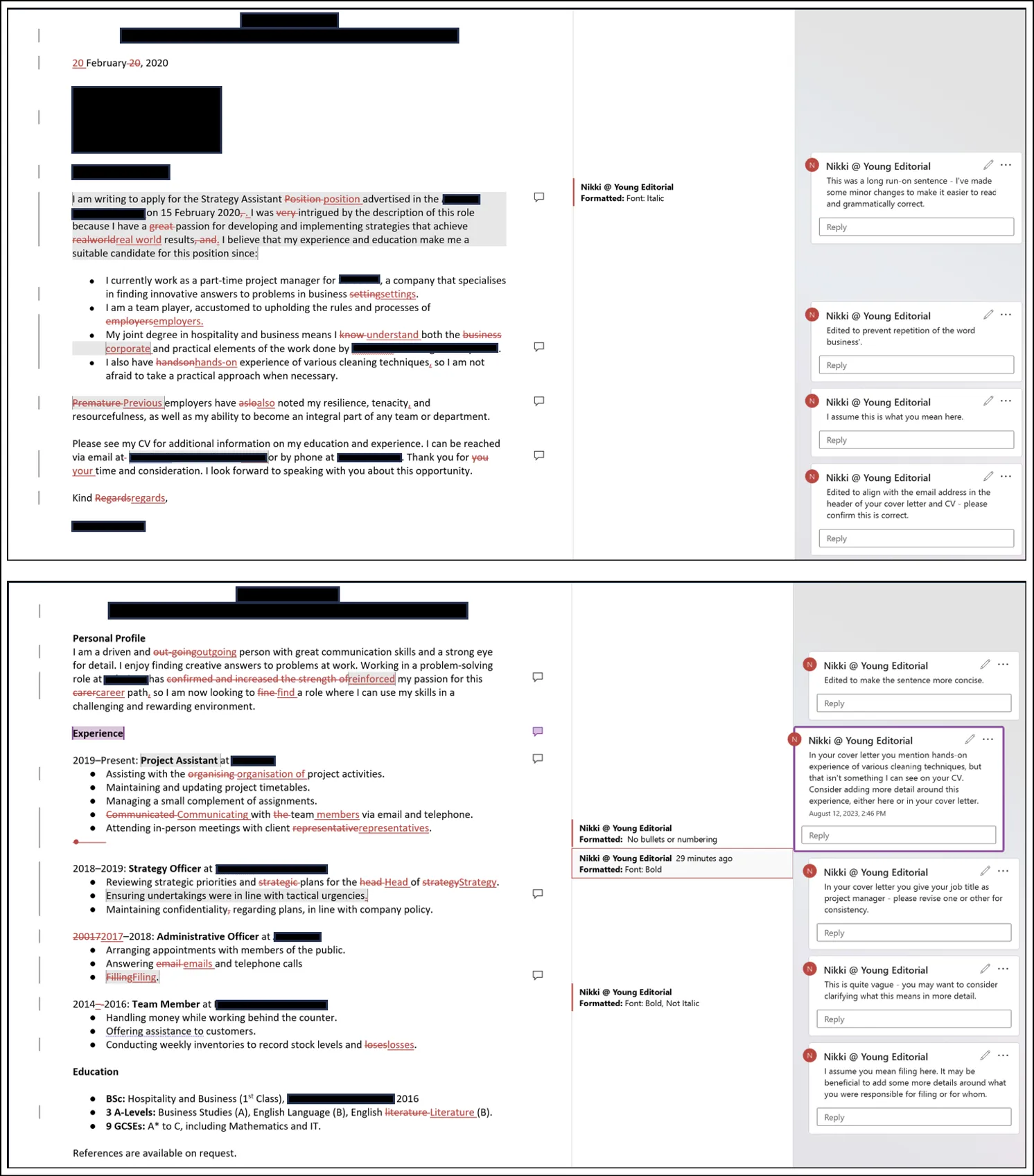
Avoiding common mistakes can significantly improve the quality of your CV. A poorly crafted CV can damage your chances of securing an interview. Being aware of these frequent errors helps you create a polished and effective document. These mistakes can be easily corrected with attention to detail. Here are some common mistakes to avoid when preparing your CV.
Typos and Grammatical Errors
Typos and grammatical errors can undermine your credibility and make your CV appear unprofessional. Proofread your CV carefully and use a grammar checker to catch any mistakes. Ask a friend or colleague to review your CV for a second opinion. A mistake-free CV demonstrates attention to detail. Consistent proofreading is the best way to avoid these errors, and will greatly improve your presentation.
Lack of Relevant Information
Ensure that your CV includes all relevant information, such as your work experience, education, skills, and any additional qualifications. Failing to provide enough information can leave employers with unanswered questions. Tailor your CV to each job application. Provide the information that is most pertinent to the role. A complete and informative CV presents you as a well-qualified candidate.
Poor Formatting
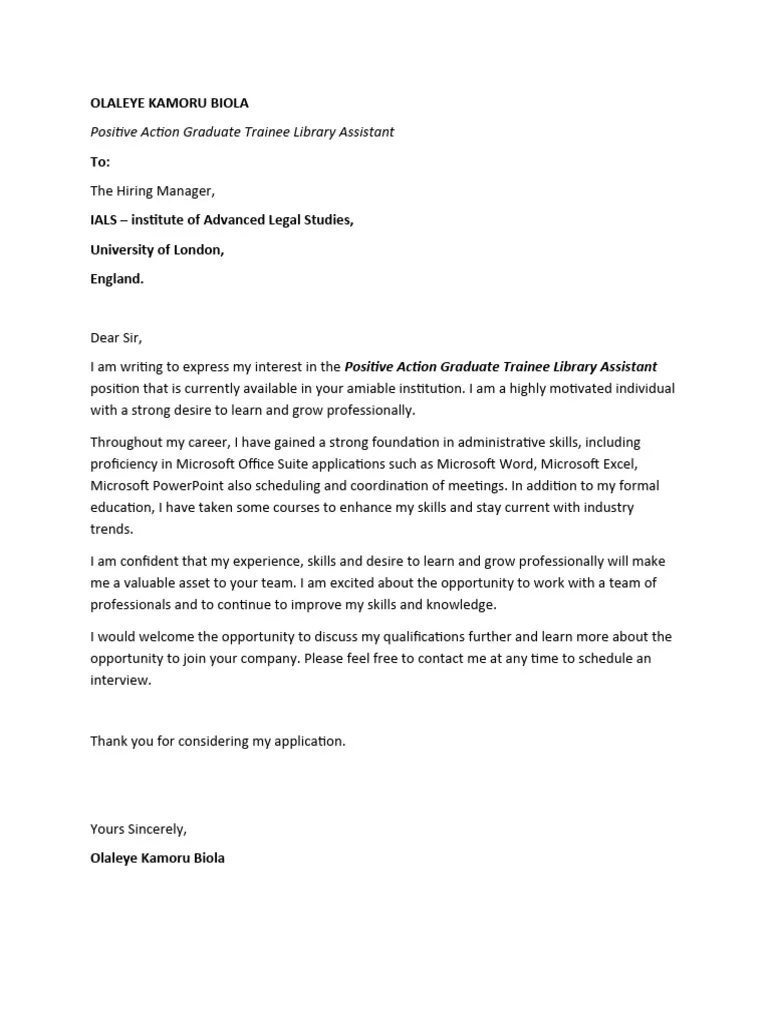
Poor formatting can make your CV difficult to read and detract from the content. Use a clear and consistent layout. Use appropriate fonts and headings. Ensure that the document is well-organized and easy to navigate. Good formatting enhances readability and makes it easy for employers to find the information they need. A well-formatted CV will grab the employer’s attention and showcase your qualifications effectively.
Examples of Successful CVs
Reviewing examples of successful CVs can provide inspiration and guidance for crafting your own. Examine how others have structured their CVs, presented their information, and highlighted their accomplishments. Using examples as a starting point helps you understand the best practices. This gives you insights into how professionals present their information. Below are examples to help you visualize how to put the above advice into action.
CV Example 1
A sample CV showcasing a seasoned project manager. This CV emphasizes project management skills, experience in leading teams, and successful project outcomes. It includes a clear summary, a detailed work experience section with quantifiable achievements, and a skills section highlighting project management methodologies. The layout is clean, easy to read, and uses keywords from project management job descriptions. It provides a clear demonstration of project management expertise, a testament to the value of carefully tailoring your CV.
CV Example 2
An example CV tailored for a marketing specialist position. This CV highlights marketing campaign management, data analysis skills, and experience with digital marketing tools. It includes a concise objective, a work experience section with achievements in campaign performance, and a skills section with marketing-specific abilities. The formatting is modern and visually appealing, with an emphasis on data-driven results. Demonstrates how to tailor the CV to highlight marketing campaign management.
CV Example 3
A sample CV designed for a recent graduate with a focus on education and internships. This CV includes a strong education section, detailing academic achievements, and a work experience section that highlights internship experiences. It emphasizes relevant coursework, projects, and extracurricular activities. The layout is clear and easy to navigate. The focus is on building a solid foundation for a professional career. A strong education section is key to success.
